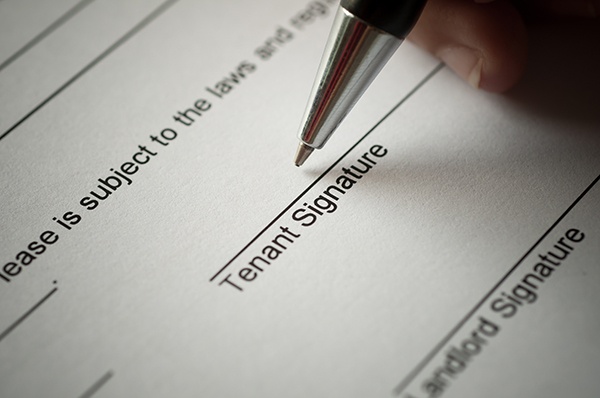
Most landlords prefer long-term office leases. The longer your lease, the more time that they have reliable income without having to worry about renegotiations or the cost of tenant improvements. However, your business probably needs the exact opposite -- total and complete flexibility. After all, you could end up doubling or halving the size of your department tomorrow, or changing your Dallas location from a call center to a creative work space. With all of this in mind, it is usually in your interest to sign a shorter and more flexible office lease agreement.
Why Short Leases Are Tenant-Friendly in CRE
The Downside
Before you run out and start looking for short term leases, realize that if you want flexibility from your landlord, they will extract a price from you. Most landlords offset the risk of a shorter term lease by offering fewer concessions like tenant improvement allowances, charging higher rent, or both. With this in mind, sit down and do some modeling to weigh the cost of a short-term lease against the lower cost of a long-term offset lease offset by having to pay for unused vacant space.
If you are open to taking the risk that you might not be able to stay in your space for the long term, there is a way to mitigate this downside and get the best of both worlds. Many tenants sign long-term leases even when they shouldn't, and this frequently leaves space on the market that is available for subtenancy. Those subleased spaces usually combine a short office lease term with rents that are at or below the norm forlong-term leases.
Achieving Flexibility
The easiest way to get a flexible short-term office lease is to simply ask for it. Many owners will be willing to offer you a shorter term arrangement. To get a short-term lease, all that you need is to give them what they need. Typically, you will have to accept little to no build out help, or little to no free rent. Given that your short-term lease gives them little time to amortize those giveaways out, this is a reasonable expectation.
Finding pre-built space can help to mitigate the potential loss of TI support, as can choosing to configure with furniture instead of walls. Even the loss of free rent can be mitigated by carefully timing the rollover from your old office lease to your new one.
If a short-term office lease isn't practical for your company, you can also achieve flexibility by following these three strategies.
-
Negotiate liberal subletting and assignment rights. These rights let you find replacement tenants if you get stuck with a long-term office lease on space that you end up needing for the short-term.
-
Include early termination language. You can include provisions in your lease that let you buy your way out if you need to leave the space early. While this is more expensive than just negotiating a short-term lease up front, it can still save money in the long run.
-
Add short-term options. If you sign a long-term lease, you may be able to negotiate short-term options. For instance, you could negotiate a seven-year initial term with three-three year options. While you are locked in for your initial seven years, you have flexibility for the next nine.
Here are some other great Office Lease articles:
Basics of Office Leases
Parking and Your Office Lease
Protecting Yourself from Signing the Wrong Office Lease
Subscribe to our blog for more CRE tips!!








